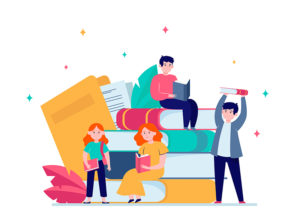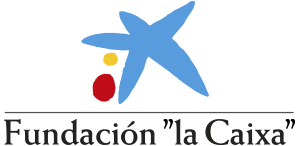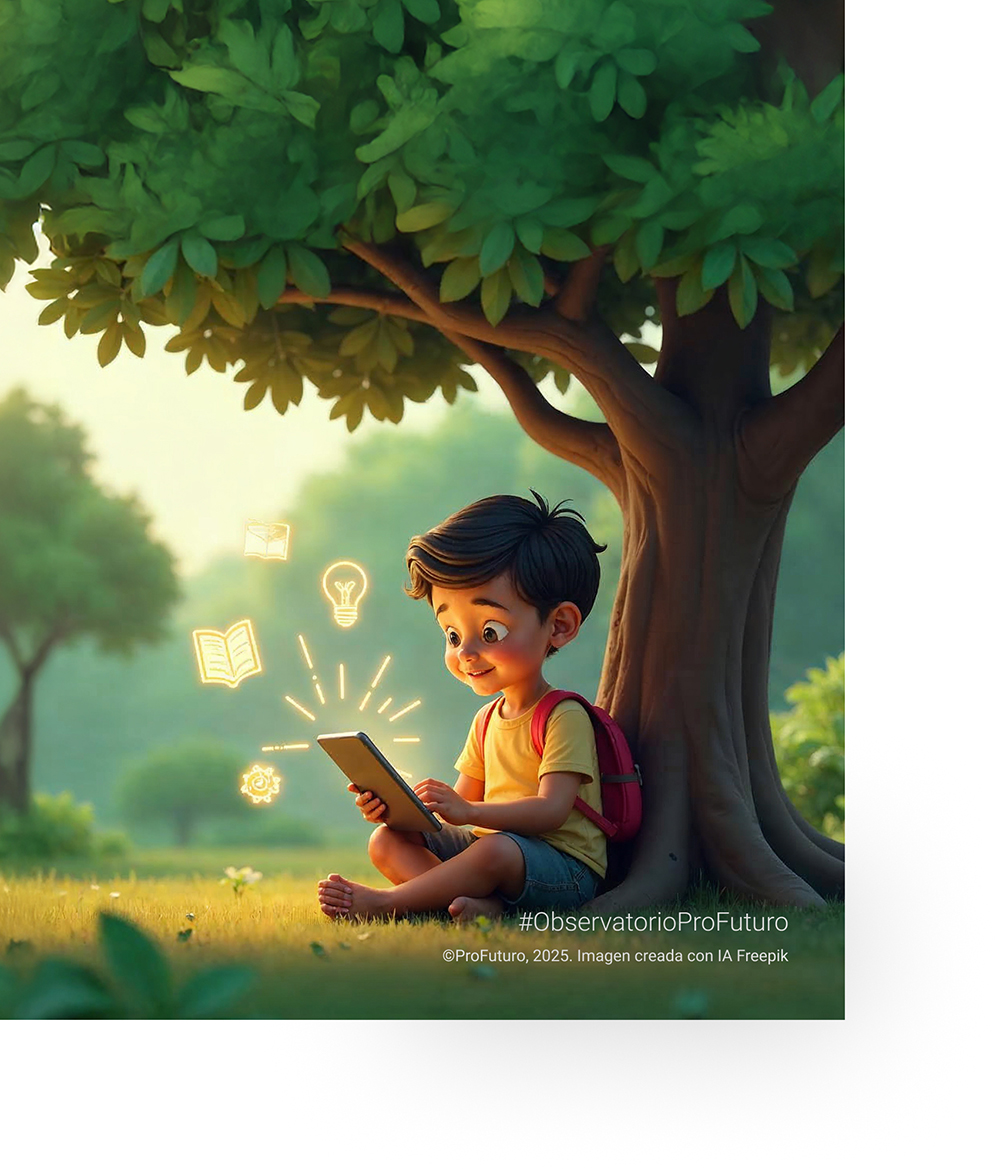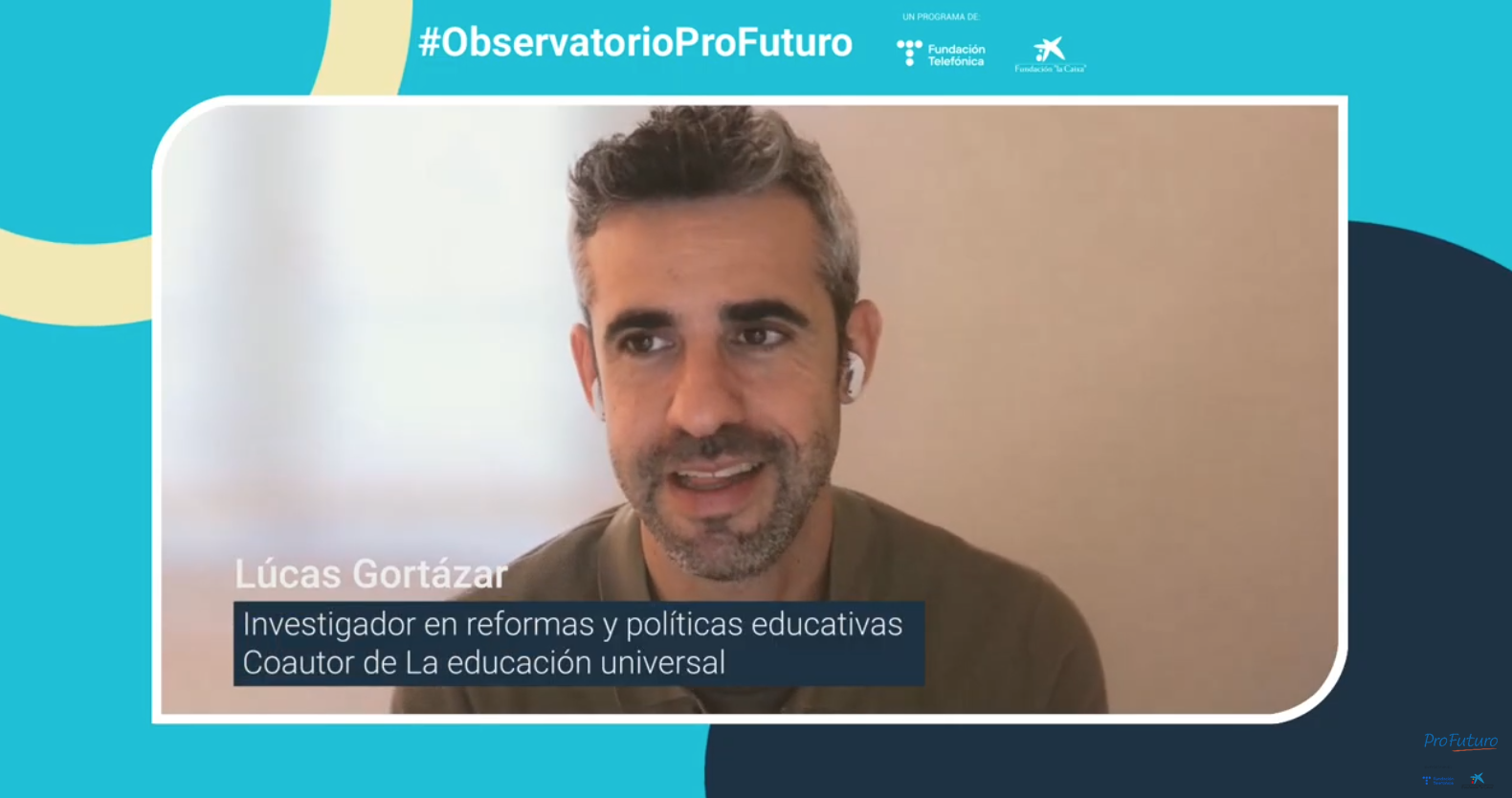
Imagen: pch.vector para Freepik.
In many countries around the world, going to school does not equate to learning. And learning well — reading, writing, understanding a simple text, doing basic arithmetic — remains out of reach for millions of children. Not for lack of will. Simply, there are no trained teachers. There are no books. There is no electricity. Sometimes, there is not even a classroom.
The figures are well known and shocking. In sub-Saharan Africa, nine out of ten children cannot understand a simple text by the age of ten. A percentage that says a great deal about the quality of education they receive — and about their future prospects. Only a tiny minority make it to higher education, and social mobility in these contexts is almost a fantasy.
The COVID-19 pandemic also laid bare how fragile the school system is in low-income countries. School closures worsened inequalities, and millions of children were left out of the education system. But as sometimes happens, the crisis also opened some doors. It forced a search for alternative solutions, outside the traditional model. And among these solutions, digital learning materials — content and platforms designed for use on electronic devices, whether connected or not — have begun to gain a foothold.
It is not a panacea. It does not replace the teacher or make up for the lack of public policies. But it can, in certain contexts, serve as a bridge — a way to reach places where the system itself cannot.
Success depends on digital resources being relevant: that they are in the students’ language, take into account their environment, and work without the need for the internet or expensive devices. Some programmes have achieved this. BEFIT in Malawi, or EIDU in Kenya, show that it is possible to design sustainable, low-cost solutions that make a real difference to learning quality.
This article, drawing on a report by the mEducation Alliance, explores the current state of digital learning materials in developing countries. It examines progress and limitations and considers what conditions must be met for these tools to truly contribute to a fairer and more inclusive education.
Current Landscape and Key Examples
The use of digital learning materials in developing countries is neither a fad nor the result of large-scale technological projects. It is, in many cases, an emergency response to scarcity.
The traditional education system, as we know it in Europe or North America, is a luxury in large parts of Africa, Asia, and Latin America. When there are not enough teachers or basic resources, any tool that facilitates learning becomes essential. Digital solutions have found a way through this gap.
Over the past decade, interest in digital resources has grown. The COVID-19 pandemic acted as an accelerator. Many governments and NGOs were forced to develop content and platforms to save the school year. Not all initiatives have survived, but some have become viable models. In exploring digital education innovations, countries like Malawi, Kenya, Ghana, and Gambia provide particularly compelling examples.
Malawi: BEFIT and Solar Tablets
The country of Malawi is one of the least connected countries in the world. Only 2% of its primary schools have internet access. And yet, thanks to the Building Education Foundations through Innovation and Technology (BEFIT) programme, thousands of children can now access digital content in their own language.
The key is simplicity. BEFIT distributes low-cost solar-powered tablets. The content — reading, writing, basic mathematics — is stored on the devices, so it does not rely on connectivity. Materials have been developed in collaboration with local teachers to ensure they are meaningful in the students’ cultural and linguistic context.
The programme has received support from the Global Partnership for Education. Its ambition is to reach every primary school in the country. It does not replace the teacher but provides valuable support in overcrowded classrooms or contexts where teachers barely exceed the level they are teaching.
Kenya: EIDU and Personalised Learning
In Kenya, the EIDU programme has primarily been implemented at the preschool level. The idea is simple: an app installed on smartphones allows teachers to track their students’ progress and tailor activities to their learning pace.
The results are promising. Evaluations show that children using the platform improve in reading comprehension and arithmetic compared to their peers without access to it.
EIDU works in collaboration with local governments. The data collected through the app helps to identify learning difficulties early and adjust pedagogical interventions. All this with minimal investment in infrastructure.
Ghana: Training Platforms for Teachers
Ghana has opted for a complementary strategy. Alongside the development of a Learning Management Platform (LMP), it has created a Professional Learning Centre (PLC) for continuous teacher training.
The objective is clear: it is not enough to introduce technology in the classroom; those who use it must be properly trained. The PLC provides teachers with self-study materials, virtual workshops, and pedagogical resources aligned with the national curriculum.
This comprehensive approach helps to integrate digital programmes coherently into educational practice.
Gambia: SD Cards and Educational Television
In Gambia, solutions are even more creative. As many schools lack internet, digital content is distributed on SD cards that can be used in phones, tablets, or televisions.
Additionally, educational television programmes have been developed to reach the most remote rural areas. The combination of digital materials and radio or television broadcasts ensures that learning is not entirely dependent on connectivity.
If digital learning materials are conceived as a public good — as a right, not a privilege — they can help democratise learning.
Challenges to Scalability and Sustainability
The examples above show that digital learning materials can work in challenging environments. But the accumulated experience also makes it clear that there are significant obstacles to scaling and sustaining such initiatives.
Infrastructure
The first and most obvious challenge is infrastructure. In many rural schools, electricity is intermittent or non-existent. Connectivity even more so. And although some solutions — such as solar tablets or SD cards — help to circumvent these limitations, maintaining equipment remains an issue. When a device breaks, there are not always resources or personnel to repair it.
Technological Fragmentation
Infrastructure goes hand in hand with a second challenge: technological fragmentation. In the absence of common standards, each project tends to develop its own platform and system. This hampers resource integration and creates duplication. In the best case, efforts are wasted. In the worst, barriers are created that prevent interoperability between different solutions.
Experts consulted by the mEducation Alliance agree: without global standards for digital learning platforms, it is difficult to scale solutions beyond pilot projects or very specific areas.
Teacher Training
The third major obstacle is teacher training. Introducing technology in classrooms without preparing teachers is a recipe for failure. In many cases, teachers receive devices without adequate support. They are expected to improvise. And they cannot always do so.
Moreover, initial training is not enough. Experience shows that the most effective programmes are those that offer continuous training and sustained pedagogical support. Without this, devices risk ending up in cupboards or being used superficially, with no real impact on learning.
Financial Sustainability
Another critical aspect is financial sustainability. Many projects depend on international cooperation or private donations. When funds run out, the future of these initiatives becomes uncertain. And public budgets for digital education are generally insufficient or non-existent.
Without a long-term funding strategy, it is difficult to consolidate progress. And also difficult to convince teachers and communities that the effort is worthwhile.
Inclusion
Furthermore, inclusion remains a weak point. Digital platforms and content do not always address the needs of students with disabilities, speakers of minority languages, or those with low digital literacy. The risk is that tools designed to close gaps end up widening them.
Regulatory Frameworks
Finally, regulatory frameworks are weak. There are few clear laws on data protection, quality of digital content, or curriculum integration. Without a solid legal framework, the use of educational technology is exposed to pedagogical, ethical, and technical risks.
Strategic Recommendations and Vision
What needs to happen for digital learning materials to become more than a temporary solution? How can they be turned into tools fully integrated into education systems rather than fleeting projects?
The first condition is clear: digital must be combined with face-to-face teaching. The most effective programmes are those that enhance the teacher’s role, not those that seek to replace it. Hybrid models that integrate digital resources into classroom teaching offer the most promising path.
The second is open access. Creating free or low-cost digital repositories with content adapted to local cultures and languages is essential. Without this adaptation, learning materials risk being irrelevant or even counterproductive.
Digital libraries must be designed to work on cheap devices and in contexts with limited connectivity. And they must meet quality and accessibility standards. Material that cannot be used by a student with a disability, for example, is not inclusive material.
The third axis is the creation of clear standards and policies. Governments must define specific regulatory frameworks for the use of technology in education. This includes quality standards, interoperability criteria, data protection rules, and ethical principles for design and use. Without such a framework, the risk of fragmented or poorly designed solutions is high.
The fourth element is teacher training. Teachers must not only know how to operate the devices but also how to integrate them effectively into their pedagogical practice. This requires ongoing training programmes tailored to the real contexts of schools.
The fifth key aspect is the ethical use of data. Technology allows valuable information about students’ learning to be collected. Using this data responsibly can help personalise teaching and identify difficulties early. But without proper regulation, data use carries risks.
The sixth point is financial sustainability. Governments must take responsibility for funding the most promising initiatives. They cannot rely forever on cooperation funds. Integrating digital materials into education budgets is essential for sustainability.
Finally, the approach must always be inclusive. The most vulnerable populations — children with disabilities, speakers of minority languages, girls in contexts where female education is low — must be at the centre of digital solution design. Equity cannot be an afterthought; it must be a guiding principle.
Conclusion
Digital learning materials will not save education in developing countries. But they can provide valuable support where the traditional system does not reach. It is not about replacing teachers or flooding classrooms with devices. It is about using technology as a complementary tool, designed with common sense, adapted to local contexts, and aimed at improving learning quality.
However, there is a real risk that digital materials will become a new source of inequality or a passing fad driven by commercial interests. Avoiding this requires clear public policies, sustained investment, and an ethical commitment to equity.
For all these reasons, the challenge is enormous. But so is the opportunity. Developing countries have the chance not to repeat the mistakes of more advanced systems — to build their own models, coherent with their realities and needs.
If digital learning materials are conceived as a public good — as a right, not a privilege — they can help democratise learning. And give every child, even in the most isolated school, the chance to read, to write, to understand the world. Sometimes that is enough.






